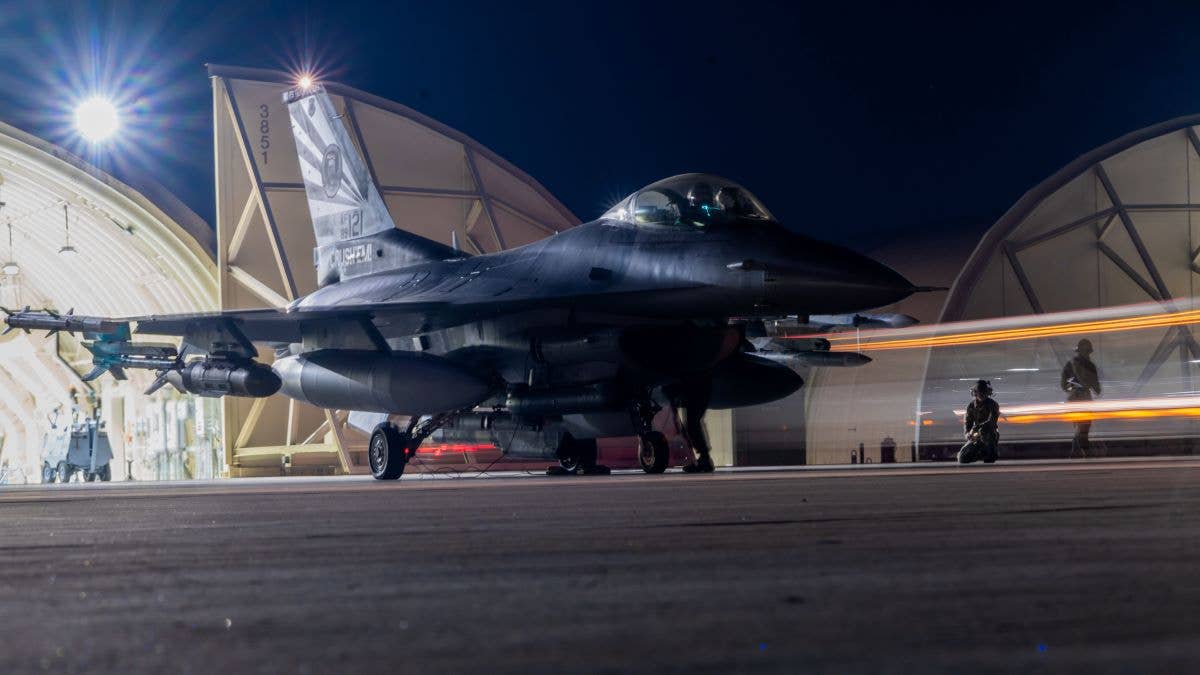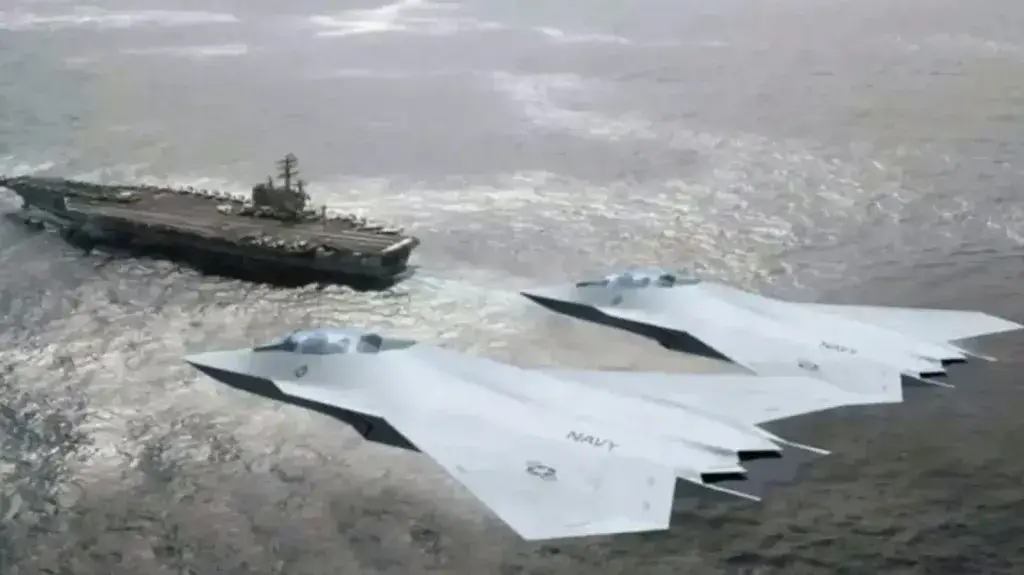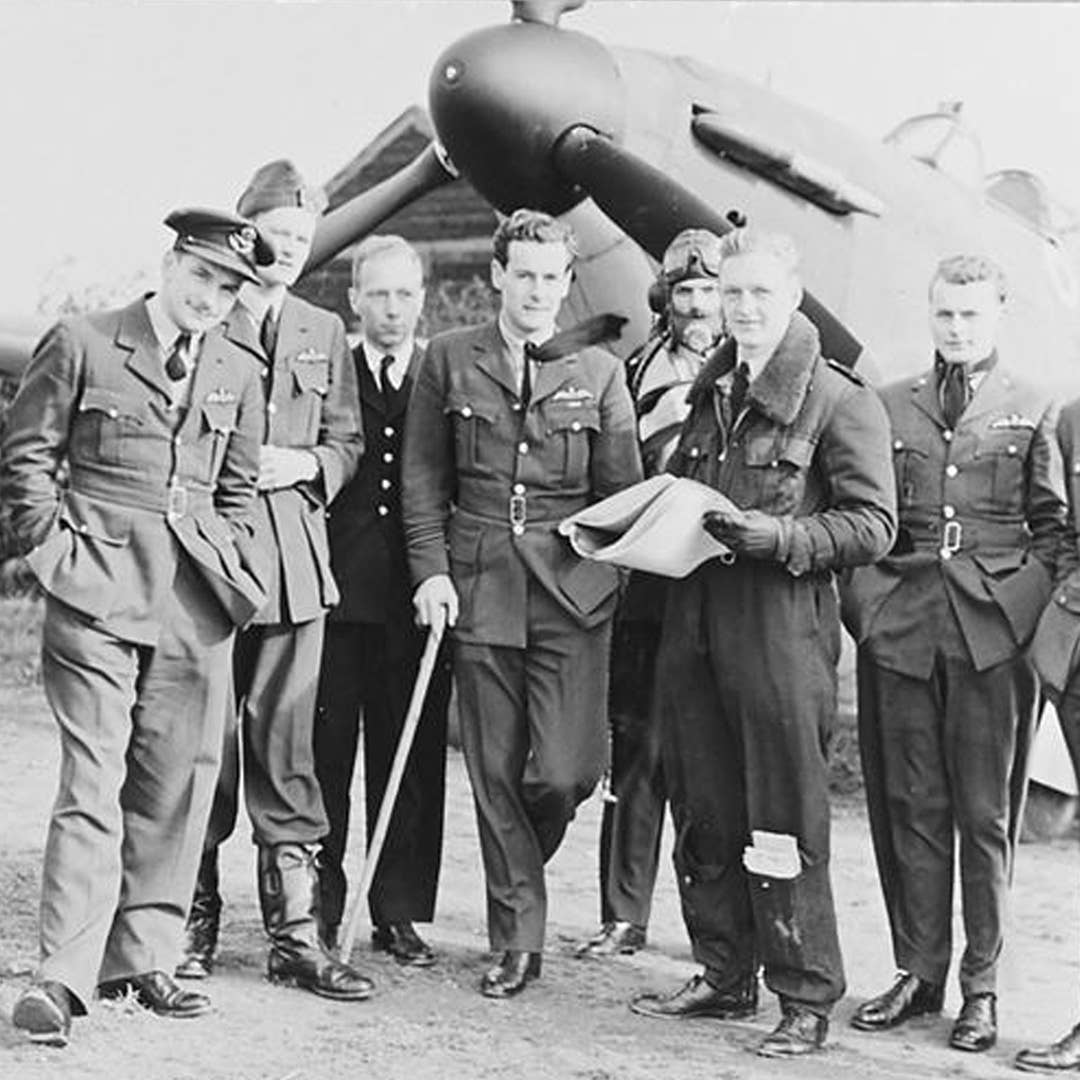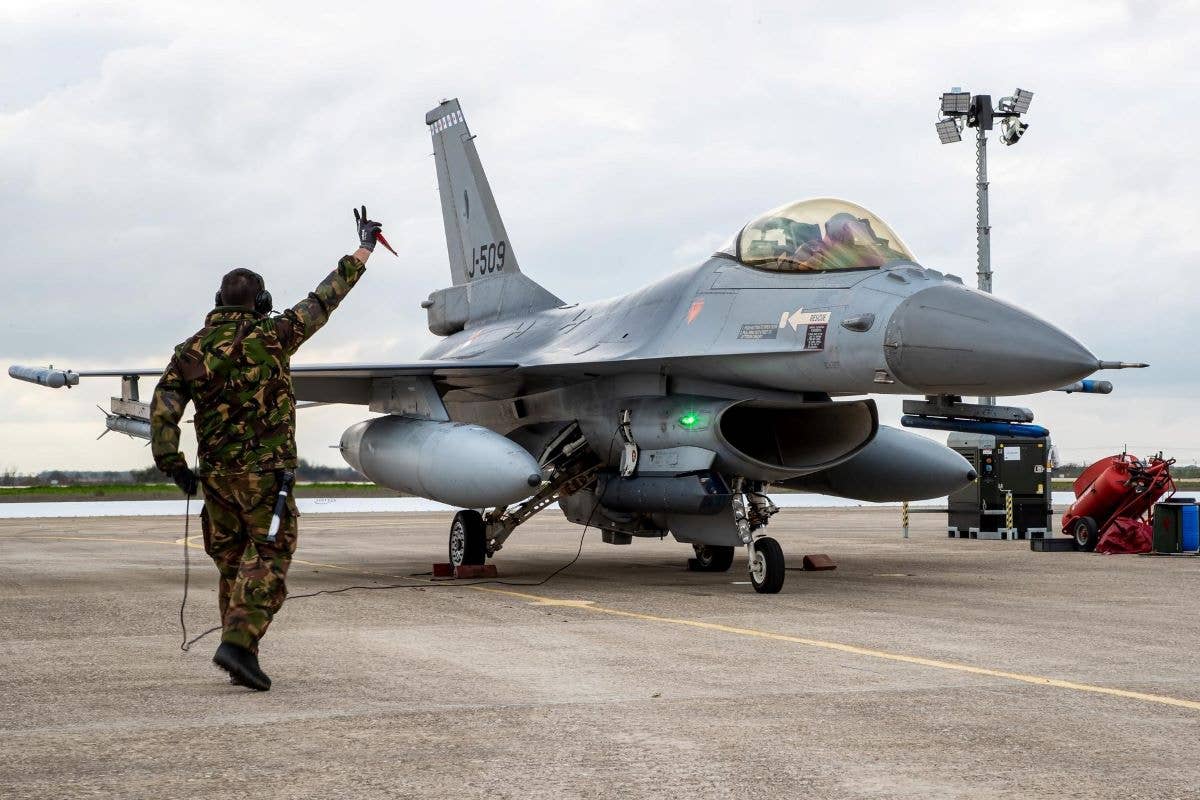U.S., South Korea, Australian Air Forces Launch Joint Training Exercise
More than 130 fighter, cargo, tanker, and reconnaissance aircraft are participating in the ‘Vigilant Defense 24’ event.

80th Fighter Generation Squadron Airmen observe an F-16 Fighting Falcon while conducting preflight systems inspections on F-16 Fighting Falcons during ‘Vigilant Defense 24’ at Kunsan Air Base, South Korea, on October 28. [Credit: U.S. Air Force/Staff Sergeant Samuel Earick]
U.S., Republic of Korea (ROK), and Australian air forces have launched a massive combined annual flight training event based in South Korea this week.
This year's exercise, dubbed "Vigilant Defense 24," involves more than 25 types of fighter, cargo, tanker, and reconnaissance aircraft as part of regularly scheduled training focused on joint interoperability among the Alliance, U.S. Air Force, and ROK Air Force. It is set to run through Friday.
More than 130 military aircraft are participating in the exercise meant to simulate 24-hour combat operations, Reuters reported.
"We will maintain the best combat readiness to immediately respond to and strongly punish any provocation by the enemy through an intense training simulating an actual situation," South Korea's military said in a statement.
While the training exercise comes as North Korea and Russia are expanding their cooperation, it "is not intended to be threatening or provocative toward any other country," according to the U.S. Air Force.
"Regularly scheduled, combined flying training events, like Vigilant Defense 24, are designed to enhance combined and joint training and are entirely defensive in nature, not related to any current real-world threats or situations," the Air Force said in a statement.
The Air Force’s 8th Fighter Wing, based at Kunsan Air Base, South Korea, has deployed its 14 squadrons, 2,600 personnel, and 40 F-16 Fighting Falcons to fly sorties across the Korean Peninsula during the exercise.
“While the training we do year-round keeps us sharp, opportunities like this to integrate our operations with international partners are truly invaluable to refining the necessary tactics, techniques, and procedures that ensure the combined force can operate as one cohesive unit should we ever be called upon,” said Colonel Michael McCarthy, the fighter wing's operations group commander.
Controlling Traffic
Among the exercise's objectives is air traffic control's acceptance of follow-on forces and coordination of increased flight operations at Kunsan AFB during a contingency operation.
“I think it is important for airmen to step away from exercises like this with the ability to remain flexible in situations that take you outside of your comfort zone,” said Air Force Technical Sergeant Paul Gary, 8th Operations Support Squadron ATC senior watch supervisor. "You may have to adapt and follow someone else’s lead in a dynamic situation, and doing so could be the difference in saving or losing lives while coordinating aircraft.”
ATC has to be proficient in coordinating all airframes, Gary said.
“We’re always prepared for whatever may come our way, including an increase in air traffic operations during a contingency operation, because for us it would be nothing more than practicing how we play,” he said.

Sign-up for newsletters & special offers!
Get the latest FLYING stories & special offers delivered directly to your inbox






